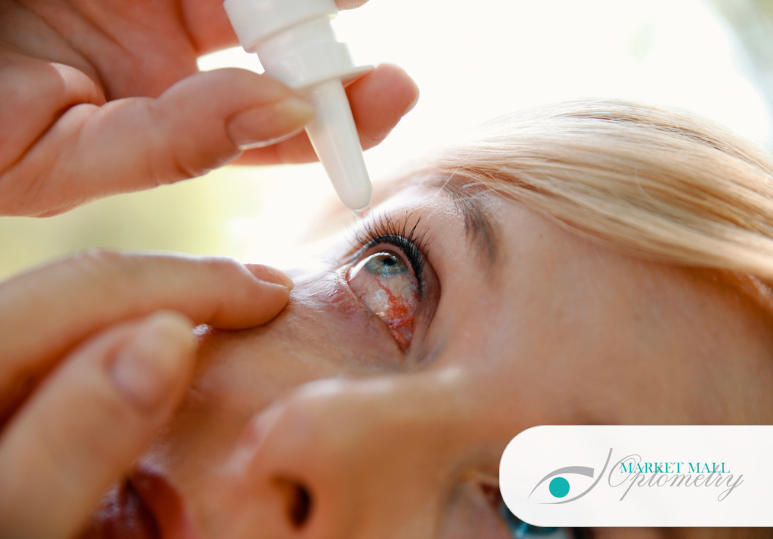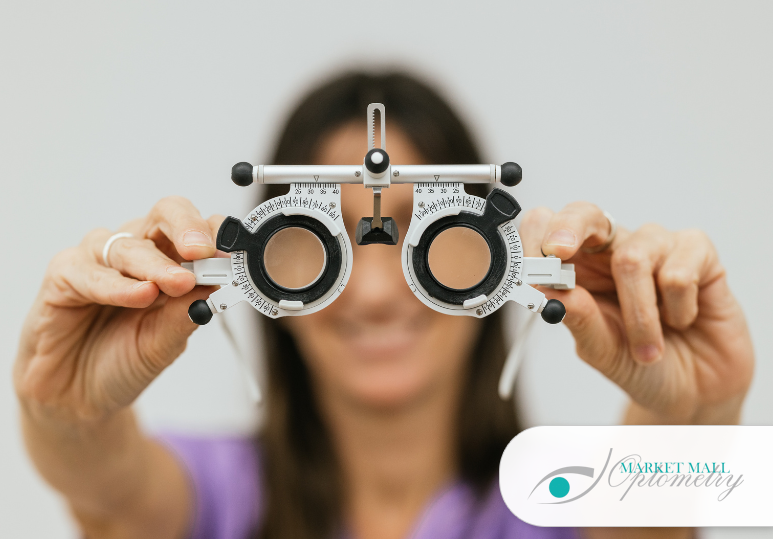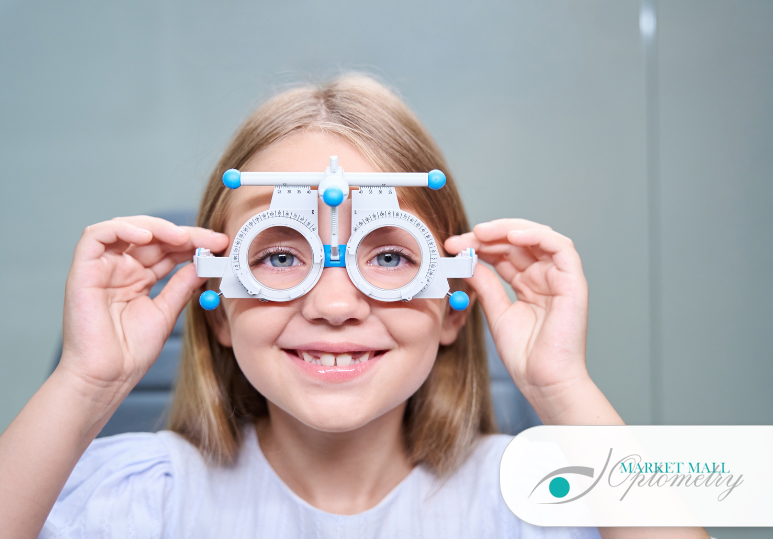Glaucoma Screening In Calgary
Your optometrist has access to a battery of tests to accurately detect the onset of glaucoma. These tests are also often part of a regular comprehensive eye exam. The message is clear: get your eyes examined by an eye doctor at least once every one or two years.
The tests your optometrist may use to screen for glaucoma include:
Tonometry: This test measures the pressure inside your eye一the main cause of glaucoma. Your optometrist gently holds a tonometer against the outside of your eyeball and assesses how well your cornea pushes back. A healthy pressure reading is somewhere between 12 to 22 mmHg (millimetres of mercury). A reading well above 20 mmHg may be indicative of glaucoma.
Pachymetry: A pachymeter is carefully placed on the cornea to measure its thickness. While not directly related to glaucoma, corneal thickness can help your eye doctor make better sense of your eye pressure readings.
Patients with thin corneas have artificially low eye pressure while those with thicker corneas have inflated readings. Controlling for corneal thickness is essential for a valid interpretation of one’s eye pressure readings.
Ophthalmoscopy: Glaucoma damages the optic nerve, so examining this structure can be an effective way of detecting the condition. An ophthalmoscope is used to shine a light in your eyes, allowing your optometrist to examine the retina, the optic disk, and blood vessels. Potential signs of glaucoma include a swollen retina or spots on it.
Perimetry: Perimetry is a light-based test that measures your peripheral vision. Because glaucoma begins by affecting the periphery first, perimetry is an excellent method for detecting early signs of the disease as well as tracking its progress over time.
Gonioscopy: Your optometrist gently places a special contact lens on your eye to measure the angle where the iris meets the cornea. Extreme results on either end can be indicative of the disease. A closed and blocked angle may be a possible sign of acute glaucoma. A wide and open angle may signify chronic glaucoma.
Which Tests Will Your Optometrist Use To Screen Glaucoma?
If your optometrist suspects that you have glaucoma, they are likely to run all 5 diagnostic exams. Glaucoma is difficult to diagnose because it shares symptoms with other eye conditions. For instance, an abnormally high eye pressure reading may simply indicate ocular hypertension, a different condition altogether from glaucoma.
Only a full battery of tests can confirm your glaucoma and rule out other degenerative diseases.
Book Your Comprehensive Eye Exam Today
Glaucoma is one of the most dangerous eye conditions there is, potentially leading to permanent vision loss. Though the condition cannot be cured, its progression can be significantly slowed down. Medication and certain surgical procedures can delay the condition enough so that you can live a fulfilling life well into your twilight years without experiencing too much vision loss.
The key to managing glaucoma is early detection. Identifying the disease early allows your optometrist to formulate a more effective treatment plan and preserve more of your vision.
Market Mall Optometry offers comprehensive eye exams to detect the early onset of glaucoma and can deliver tailored treatment options to minimize the symptoms of the disease in the event of a confirmed diagnosis. Call our Calgary optometrists and eye doctors at 403-286-4884 or fill out the online contact form to book a comprehensive eye exam today.
FAQs
Q: How often should I visit my optometrist?
A: Adults over the age of 18 should visit their eye doctor once every two years. Individuals over the age of 65 should visit their eye doctor annually.
Q: Who is at risk of glaucoma?
A: Anybody can develop glaucoma. Individuals over the age of 65 or with a family history are especially susceptible to the disease.
Q: Will I go blind from glaucoma?
A: Although glaucoma is a leading cause of blindness in Canada, complete loss of vision is uncommon with proper treatment. Sight impairment occurs in about 10% of patients, and only 5% experience blindness.





